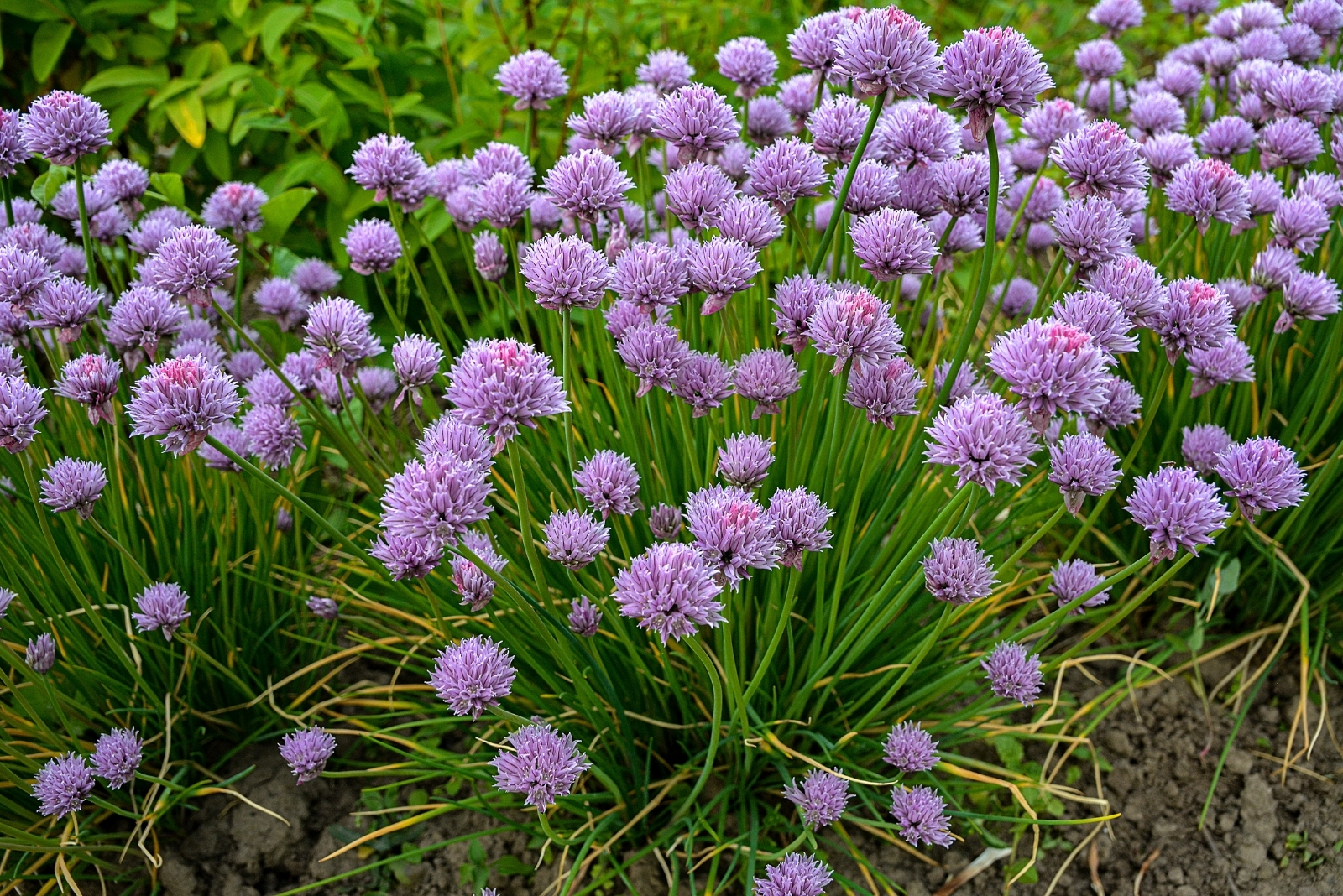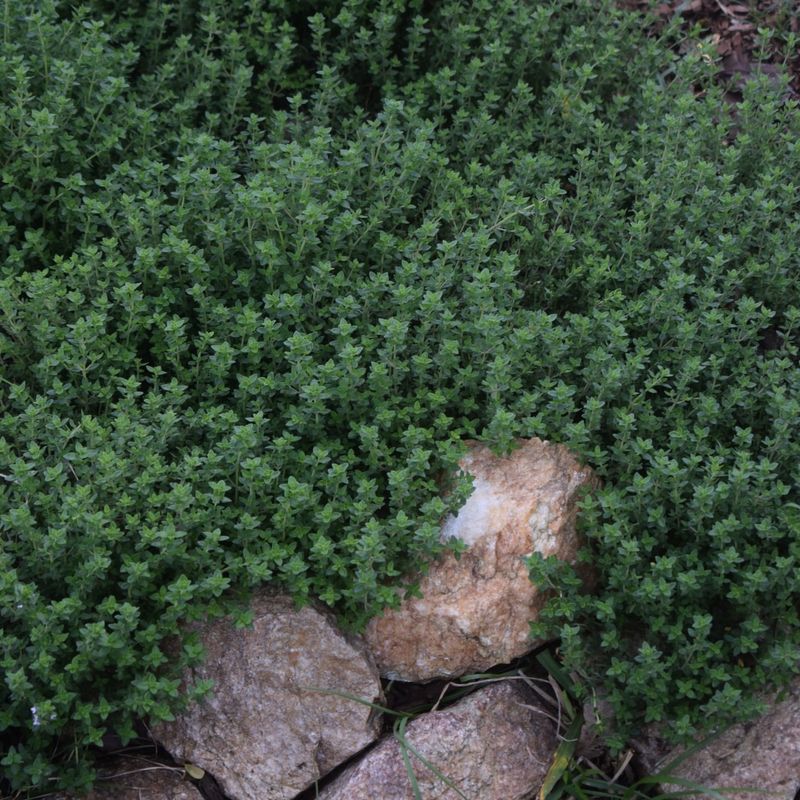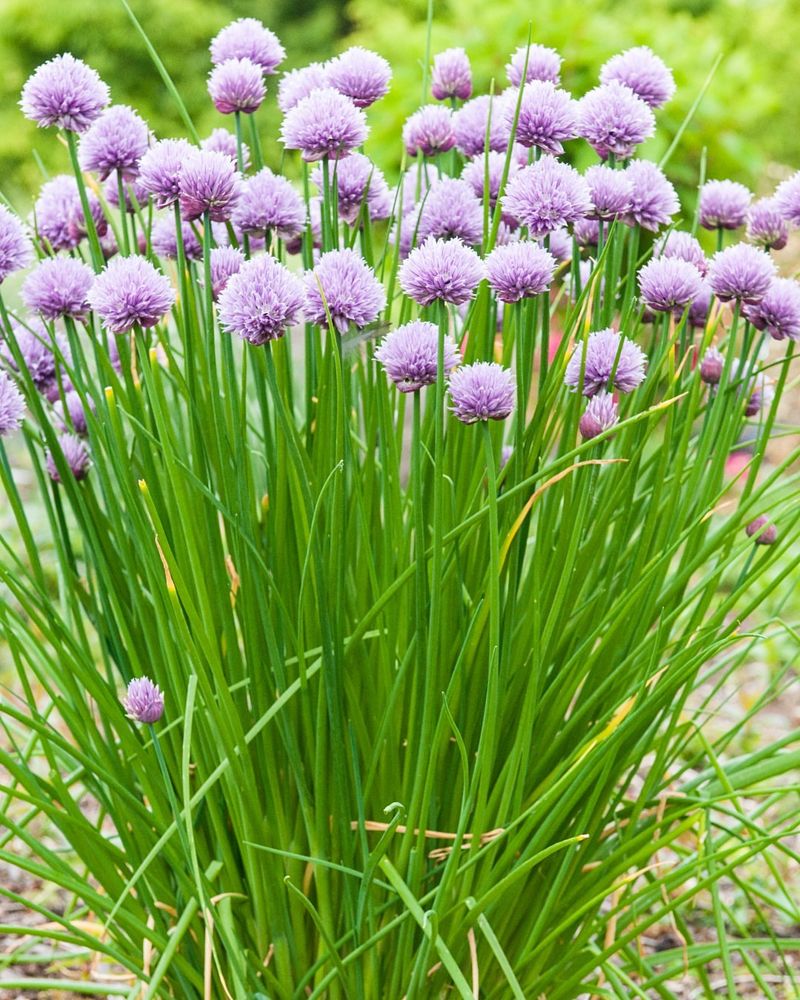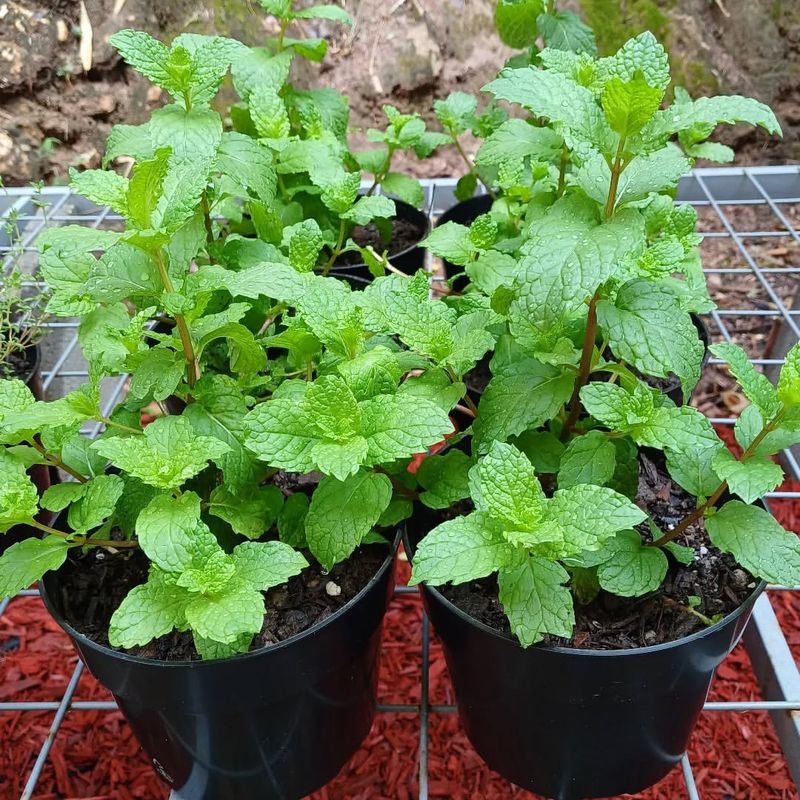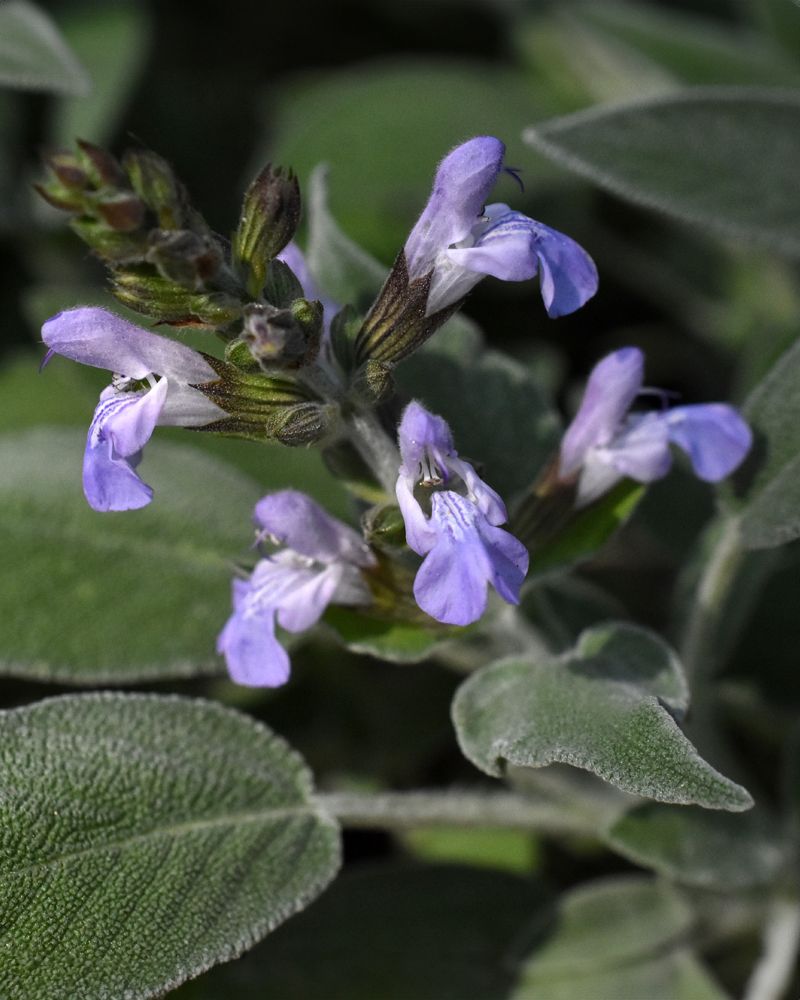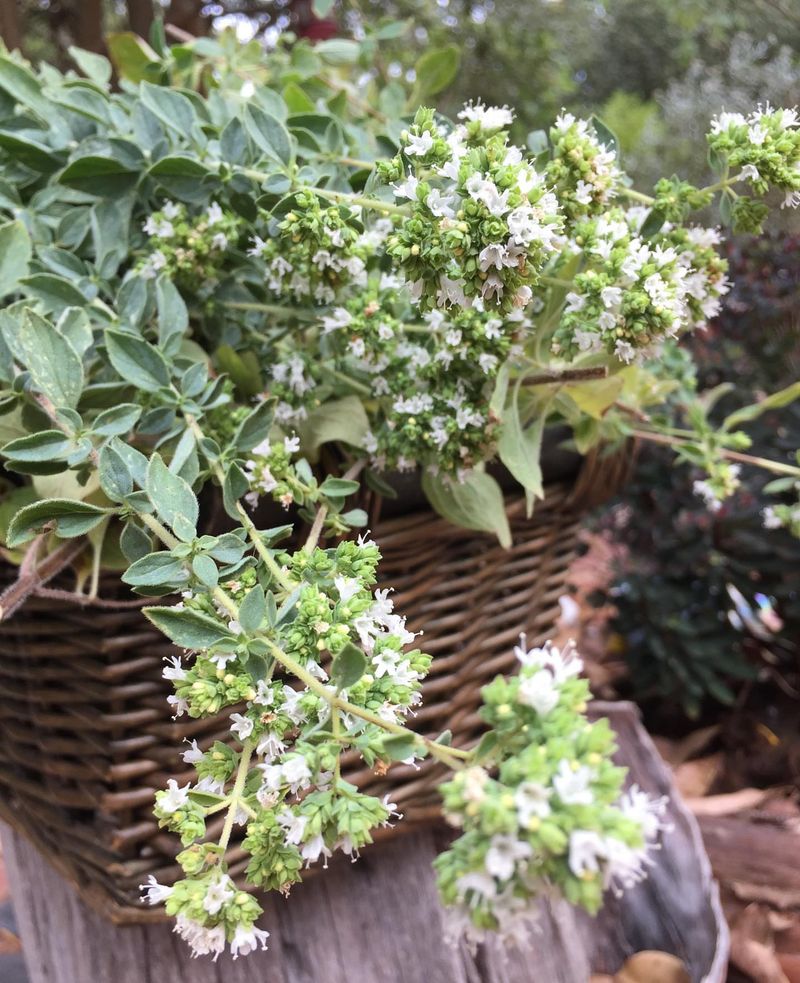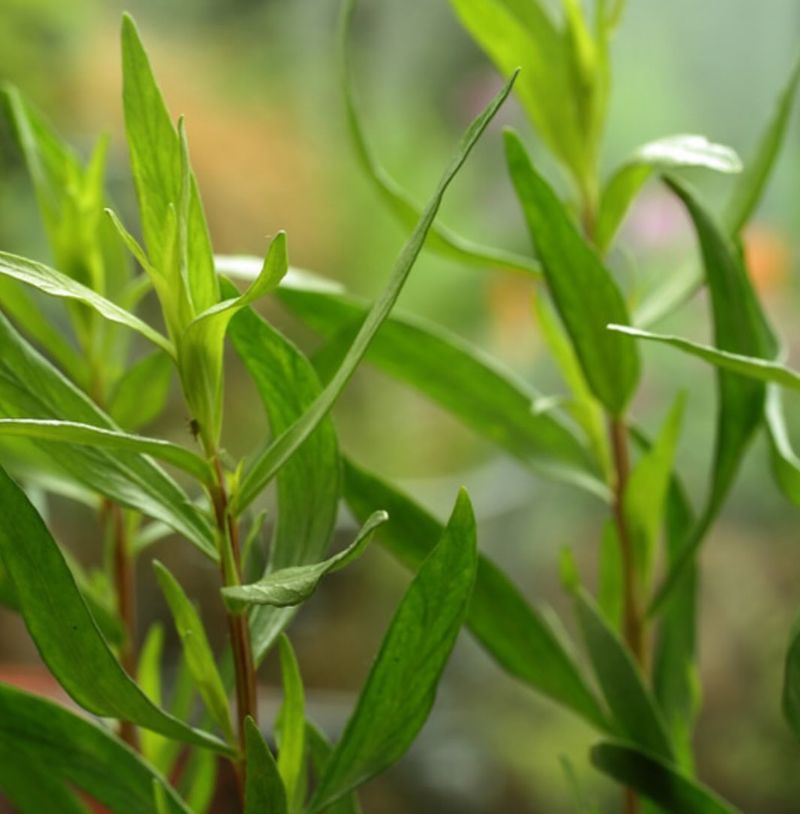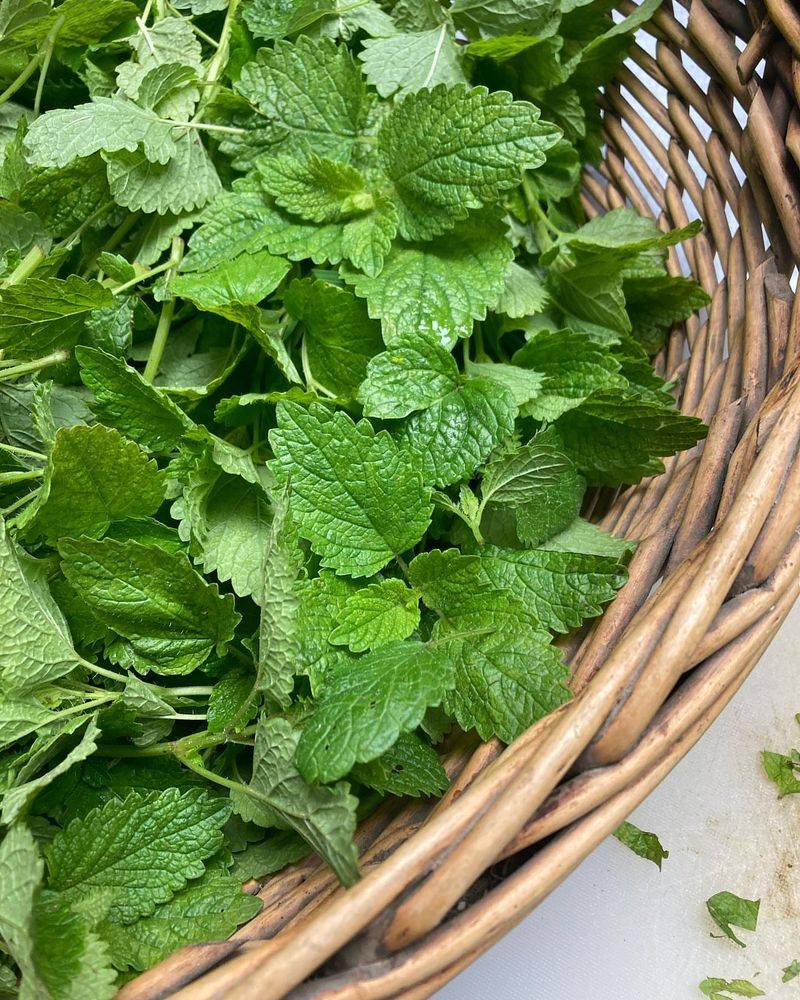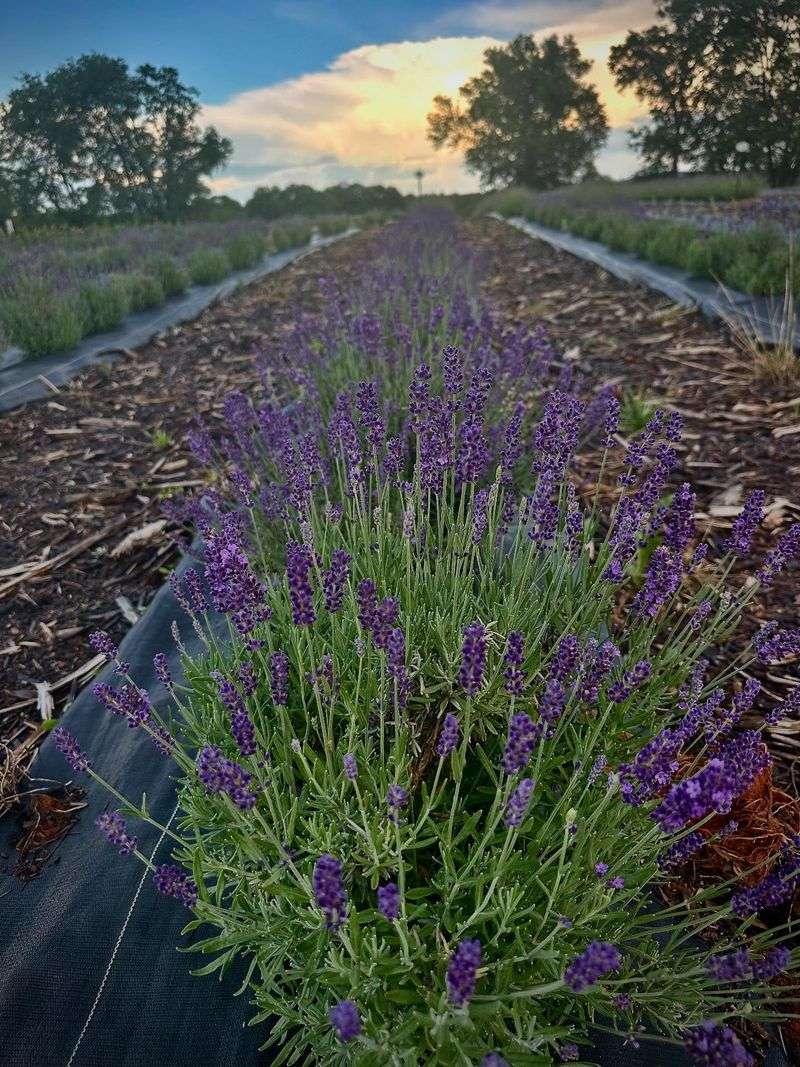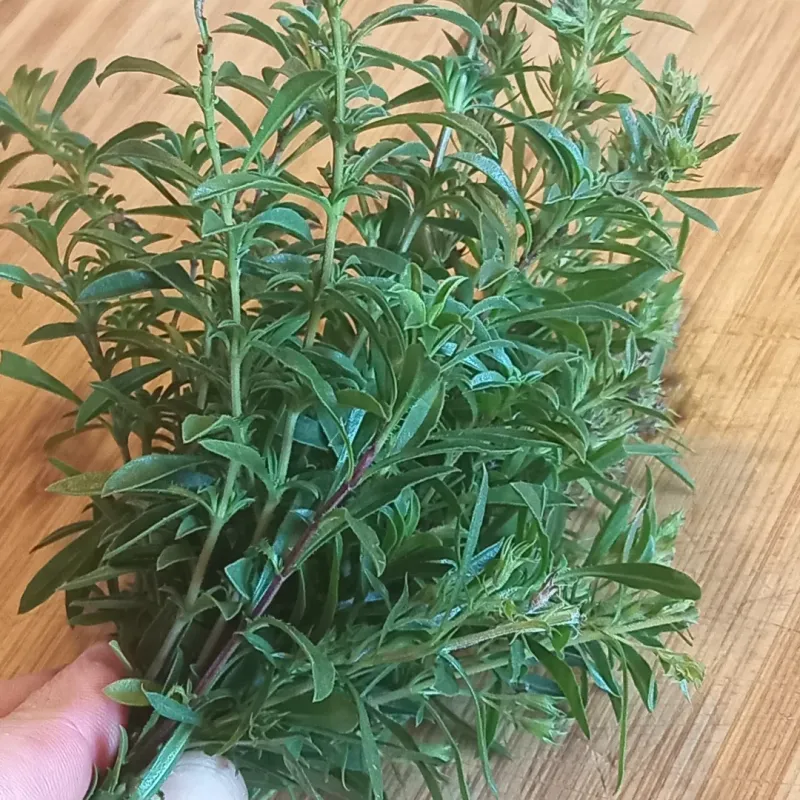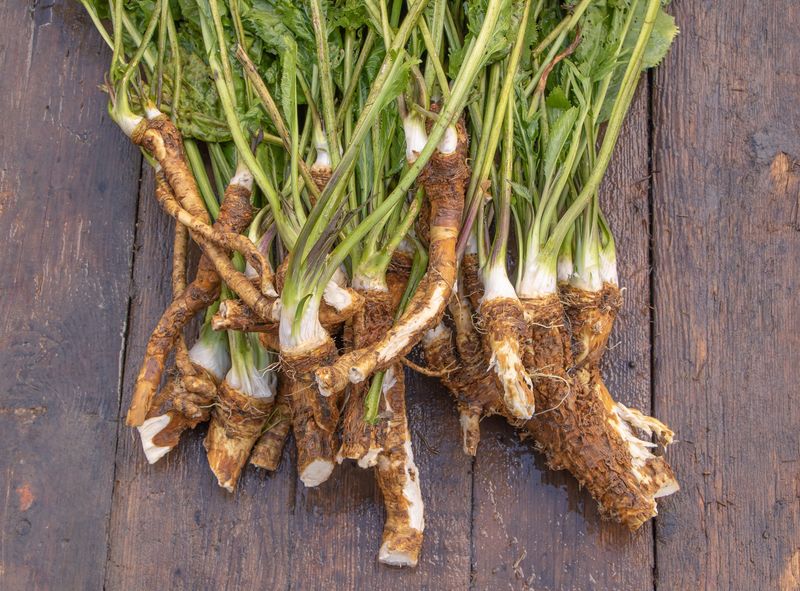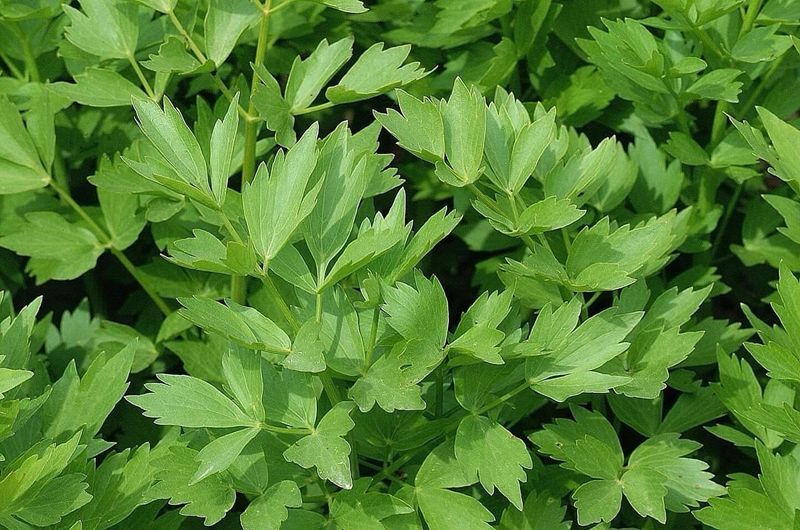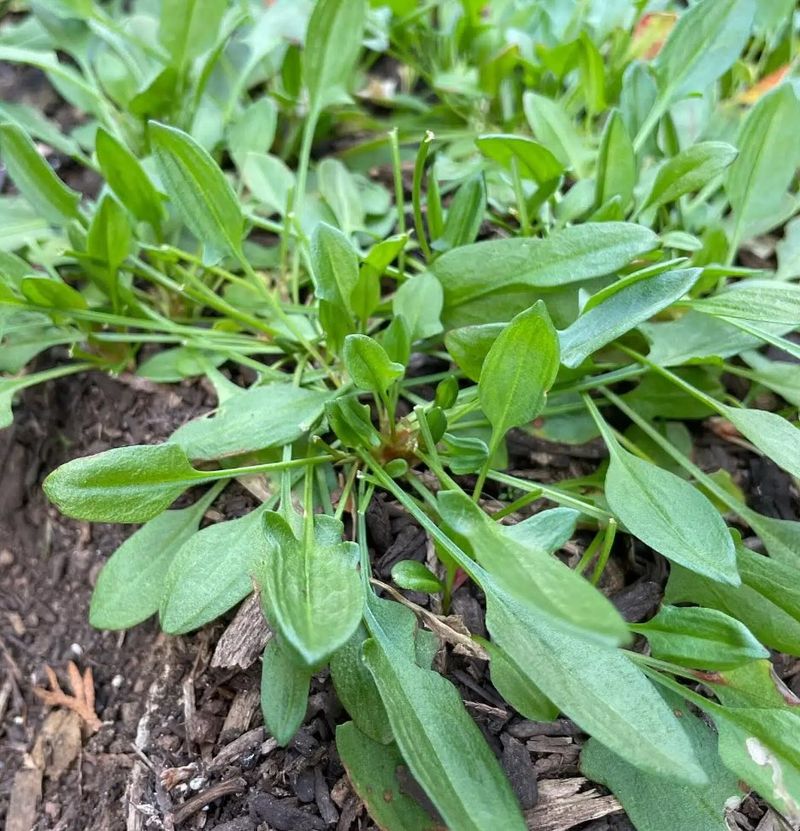Wisconsin winters are tough, but the right perennial herbs can survive and even thrive. These 12 hardy herbs make gardening worthwhile year after year.
I’ve grown a few in my own garden and loved their resilience through cold months. Choose these herbs and enjoy fresh flavors even in winter.
1. Thyme
Ever noticed how some plants just refuse to quit? In Wisconsin’s harshest winters, thyme stands strong with its woody stems and tiny aromatic leaves.
Low-growing varieties form beautiful ground covers that survive temperatures down to -30°F. Most Wisconsin gardeners find thyme returns reliably each spring, often being the first herb to show new growth.
2. Chives
Nothing says spring quite like those first purple pom-pom flowers! Chives disappear completely underground during Wisconsin winters, fooling newbie gardeners into thinking they’ve died.
Come March, their slender green shoots emerge like clockwork. Many Wisconsin families mark generations of spring arrivals by when the chives first peek through the soil in their family gardens.
3. Mint
Forget babying this herb through winter! Mint’s underground runners laugh at Wisconsin’s sub-zero temperatures, often spreading too enthusiastically for many gardeners’ liking.
Smart Wisconsin herb growers plant mint in contained areas or sunken pots. The refreshing leaves make perfect summer tea when the humidity hits, and this resilient herb returns reliably year after year despite harsh conditions.
4. Sage
With its velvety gray-green leaves, sage brings both beauty and flavor to Wisconsin gardens. Hardy to zone 4, its woody stems withstand significant cold when given good drainage.
Wisconsin gardeners particularly love ‘Berggarten’ sage for its cold tolerance. The aromatic oils intensify after light frosts, making fall-harvested sage especially potent for Thanksgiving stuffing and winter sausage making.
5. Oregano
Greek oregano laughs at Wisconsin winters, often emerging from the snow with leaves still intact! Its low-growing habit and slightly woody stems help it survive temperatures well below zero.
Many Wisconsin gardeners report their oregano patches expanding yearly despite harsh conditions. The best flavor develops in plants that struggle slightly, making the state’s challenging climate perfect for growing intensely flavorful oregano.
6. Tarragon
French tarragon brings gourmet flavor to Wisconsin gardens with surprising cold hardiness. Unlike many herbs, it actually requires the cold dormancy period our winters provide to thrive.
Wisconsin gardeners should choose only French tarragon, not the less flavorful Russian variety. A thick layer of mulch helps protect its roots during extreme temperature dips, ensuring this licorice-flavored herb returns each spring.
7. Lemon Balm
Morning tea with fresh lemon balm continues year after year in Wisconsin gardens. This citrusy mint relative dies back completely in winter but returns vigorously each spring, sometimes too vigorously!
Wisconsin gardeners appreciate how lemon balm self-seeds readily, creating new plants throughout the garden. Its bright lemony scent freshens summer drinks, while its cold hardiness makes it reliable even in the state’s northernmost gardens.
8. Lavender
Despite its Mediterranean origins, certain lavender varieties tough out Wisconsin winters beautifully. ‘Munstead’ and ‘Hidcote’ varieties consistently survive Zone 4 conditions when planted in well-drained soil.
Wisconsin gardeners find success planting lavender on slopes or raised beds. The purple blooms attract beneficial pollinators all summer, while the silvery foliage adds winter interest to the snow-covered garden landscape.
9. Winter Savory
Named for its cold hardiness, winter savory forms a petite woody shrub that remains semi-evergreen through Wisconsin’s coldest months. Its tiny leaves pack a peppery punch similar to thyme but stronger.
Many Wisconsin cooks harvest sprigs year-round, even brushing aside snow to snip fresh stems. This underappreciated herb deserves more garden space, thriving in the poor soils and harsh conditions common throughout the state.
10. Horseradish
Nothing says Wisconsin like homemade horseradish sauce with Friday fish fry! This ultra-hardy root crop actually needs cold winters to develop its signature heat and flavor.
Wisconsin gardeners harvest horseradish roots in late fall after frost has intensified the flavor. The large leaves die back completely, but underground, the roots remain perfectly preserved in the cold soil, ready for spring’s regrowth.
11. Lovage
Standing tall like celery on steroids, lovage reaches impressive heights in Wisconsin gardens. The hollow stems and celery-flavored leaves die back completely each winter, but the roots remain unfazed by freezing temperatures.
Wisconsin gardeners appreciate lovage’s architectural presence, often reaching 6 feet tall by midsummer. Its intense flavor means a little goes a long way in soups and stews throughout the growing season.
12. Sorrel
First tender greens of spring? Wisconsin gardeners often point to sorrel, which emerges when snow still covers parts of the garden. Its lemony, tangy leaves provide welcome fresh flavors after winter.
Many Wisconsin families pass down sorrel soup recipes through generations. The deeply rooted perennial laughs at -30°F temperatures, returning reliably each year and often being harvested into November before disappearing under winter’s blanket.

